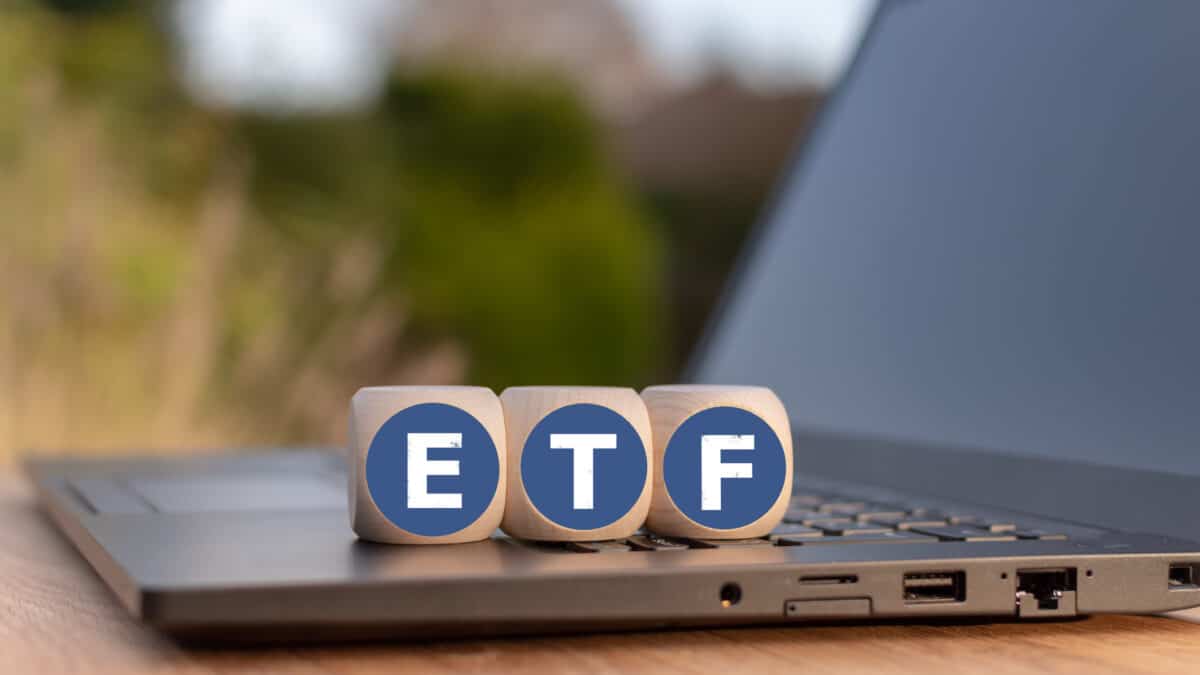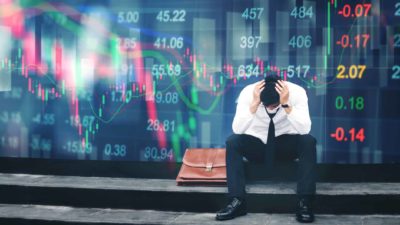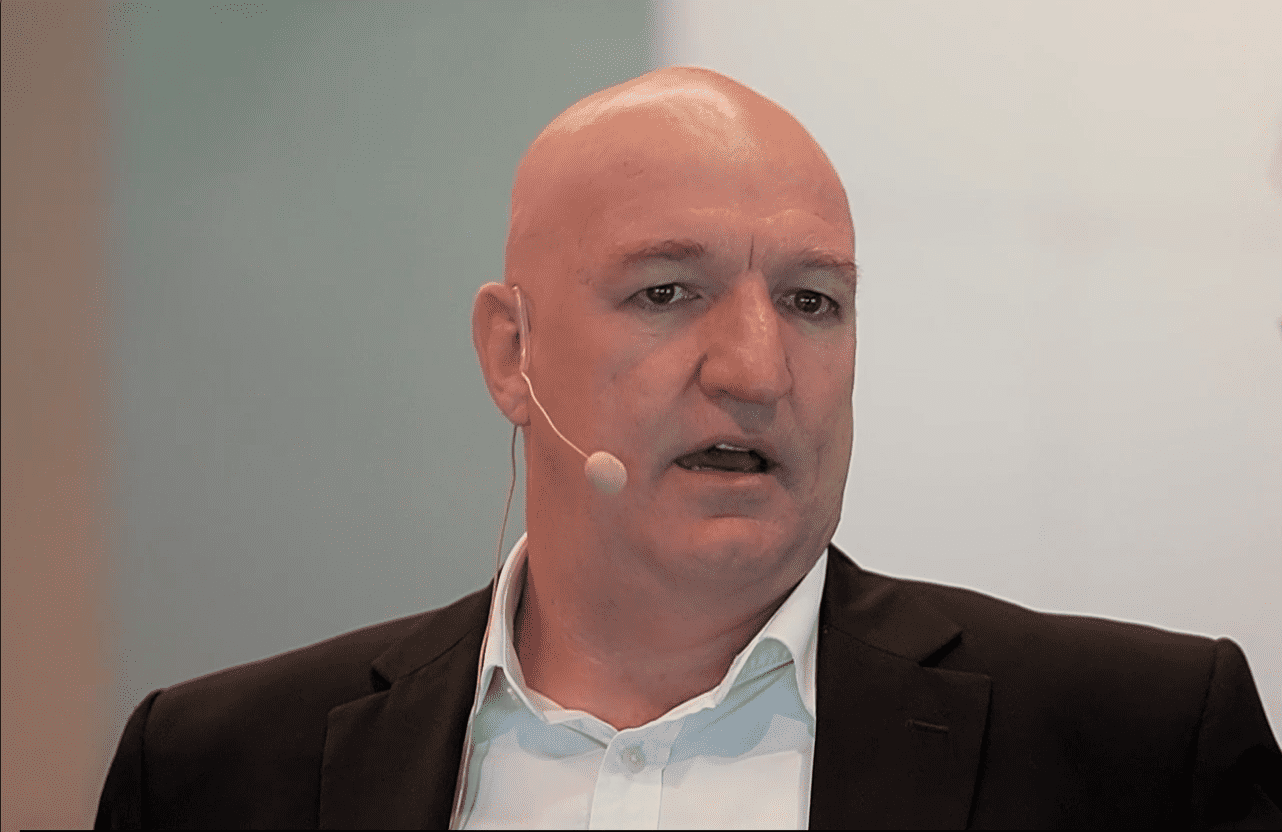While the majority of ASX exchange-traded funds (ETFs) remain passive in nature, active ETFs have risen in popularity in recent years. According to ETF provider VanEck, the number of active ETFs on the market grew from 37 in 2019 to 125 in 2024.
Since entering the Australian market 24 years ago, ETFs have built a reputation as passive investments that track particular indices or sectors. Despite being around for 10 years, active ETFs remain relatively unknown. With more active ETF products entering the market in recent years, it might be time for investors to become familiar with this investment opportunity.
What are active ETFs?
Active ETFs were first introduced to the Australian market in 2015 by fund manager Magellan Financial Group (ASX: MFG). They often combine several investment strategies, such as hybrid securities and bonds. These are typically not as well understood by the average retail investor. For example, for a management expense of 0.45%, investors can invest in hybrid securities through BetaShares Australian Hybrids ETF (ASX: HBRD). Hybrid securities combine features of debt and equity. They are considered to generate higher returns than bonds (with higher risk).
Like other ASX ETFs, active ETFs are bought and sold via exchanges such as the ASX. This ensures liquidity and transparency.
Similar to managed funds, active ETFs have an investment manager responsible for portfolio allocation. Through a defined investment strategy, their objective is to beat a benchmark. This involves actively selecting stocks and their weightings. By contrast, passive ETFs such as the BetaShares Australia 200 ETF (ASX: A200), which tracks the S&P/ASX 200 Index (ASX: XJO), match the benchmark's performance. This is because it invests in the same 200 stocks in exactly the same weightings.
Whether an active ETF is successful in beating its benchmark comes down to the fund manager's knowledge, skill, and expertise. According to Vanguard, there are three critical factors to generate success in active investing: the manager's talent, how patient the manager is, and how expensive the fee is.
When selecting an active ETF, it's also a good idea to review a fund manager's personal investment in the fund. This determines their level of 'skin in the game'. If a large portion of their personal wealth is in that fund, their objectives are aligned with investors.
Advantages over passive ETFs
There are two main advantages of active ETFs over more passive options.
Firstly, they offer the opportunity to beat the market, whereas passive ETFs are limited by market performance. To achieve this, fund managers can apply their skills to take advantage of undervalued stocks. For example, if a certain company or sector has been heavily sold off, they can buy it at a lower valuation.
Secondly, they offer downside protection. While passive ETFs rise and fall with the market, active fund managers can reduce position sizes or sell out completely. This can be especially advantageous during a market correction.
Foolish Takeaway
While passive ETFs are likely to dominate the Australian ETF market for the foreseeable future, the presence of active ETFs has increased in recent years. If you see a particular active ETF strategy or fund manager you like, it might be worth adding that active ETF to your portfolio.









